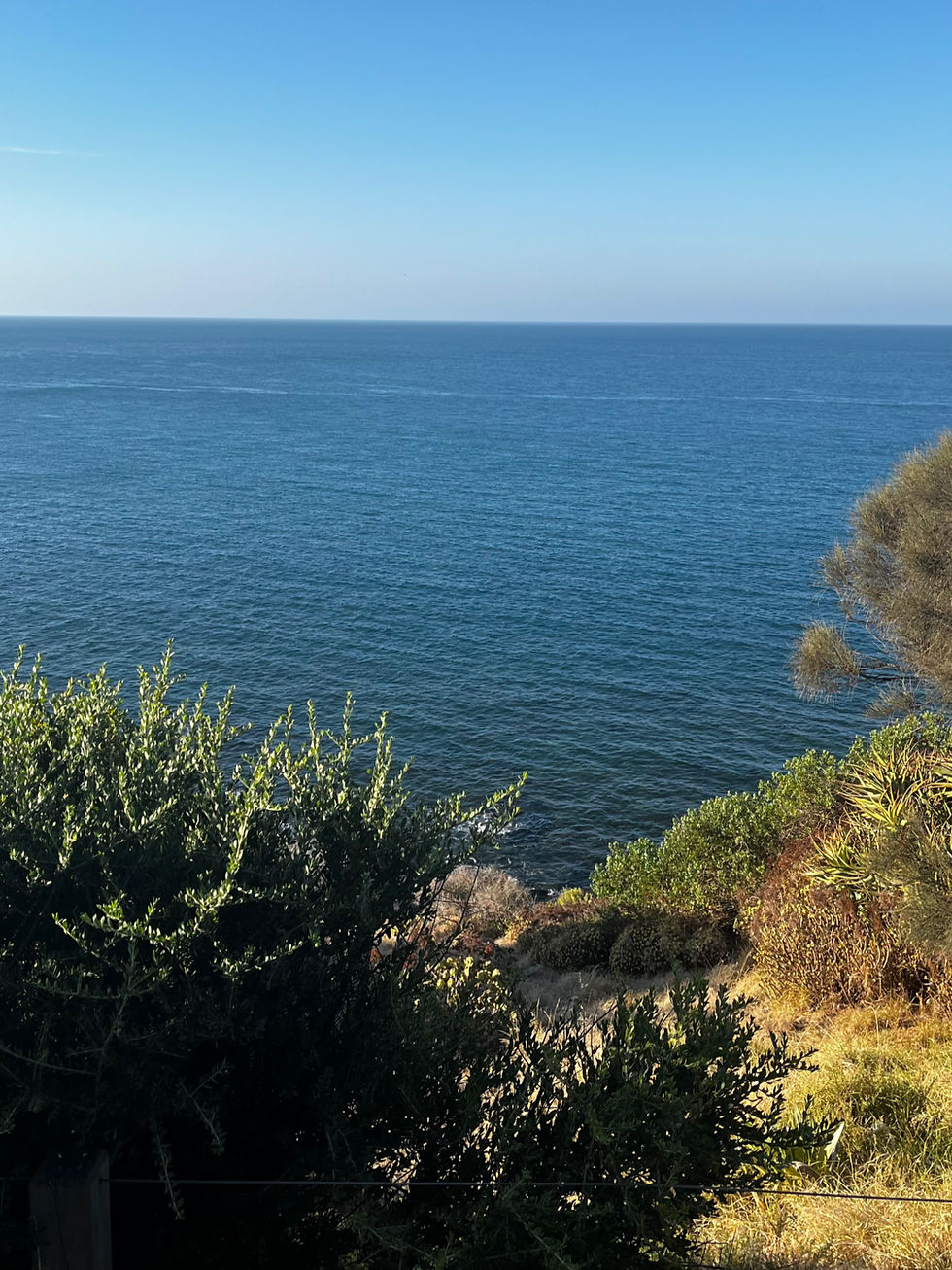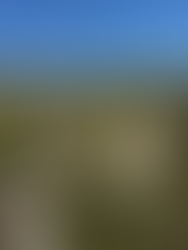Day trip to Kangaroo Island
- Waves of Wonder

- Jun 8
- 6 min read

An early start and a long day ahead. I left my hostel in Adelaide and made my way to Adelaide Central Bus Station. I was heading out on a day trip to Kangaroo Island. I booked the trip with Get Your Guide. From Adelaide, it would be a 2-hour coach journey down to Cape Jervis where we then boarded the hour-long SeaLink ferry to Penneshaw on Kangaroo Island.
History of the Island
Kangaroo Island was discovered in 1802. British captain Matthew Flinders discovered the east of the island while French captain Nicholas Baudin discovered and mapped much of the rest of the island. Despite the fact Britain and France were at war with each other at the time, the two captains met amicably at what is now called Encounter Bay. Many places on the island are named after these two explorers.
From Kangaroo Island, Baudin sailed to Western Australia and told the American fleet to head to the island so they could replenish their much needed resources (food and water). The Americans sailed to the island and anchored in what is now called American River (not a river, it’s actually an inlet) where in 1803 they built a large cargo ship, The Independence, to transport goods back to America.
The island has 4 main townships; Penneshaw, American River, Parndana, and Kingscote (which is the largest). About 5000 people live on Kangaroo Island. The island has an area of 4405km2 (1701 square miles) and has 540km (336 miles) of beautiful coastline. The island has 4 police officers and hundreds of volunteer firefighters.
Kangaroo Island was the largest producer of Eucalyptus Oil until very recently. There used to be 48 distilleries on the island, there is now only 1 distillery still producing.
There are 180 farms on the island. Farming really only started in 1948, when returning soldiers were asked to settle and farm the island.
The WILD side of the Island
Covering a quarter of the island, there are 26 national parks, conservation parks and wilderness protection areas. Flinders Chase National Park is the largest.
Kangaroo Island doesn’t have as many kangaroos as the island’s name suggests. On the mainland they have Eastern Grey, Western Grey and Red Kangaroo species but the island has a subspecies of the Western Grey called the Kangaroo Island Kangaroo (Macropus fuliginosus fuliginosus). Fun fact – the collective noun for a group of kangaroos is called a mob (a mob of kangaroos).

Of course, Australia is known for its many snakes. Luckily there are no Brown Snakes (3rd most venomous snake in the world) present on the island. However, both the Pygmy Copperhead and Black Tiger (9th most venomous) snakes are present on the island. While it is unlikely to see snakes, they prefer to hide and are more scared of us, it is always good to be alert especially if walking in the bush.
The island is also home to various animals such as goannas, bandicoots, wallabies, possums, echidnas, koalas, bats and so much more. Koalas, possums and platypus were introduced to the island and have done very well there.
Kangaroo Island is home to the world’s first (and oldest) bee sanctuary, it opened in 1885. It is dedicated to preserving the world’s only pure-bred and disease-free population of Ligurian Honey Bee. Exporting pure-bred queen bees is one of the most notable industries for the island and due to the quality of the island’s bee population, the import of bee products and handling equipment is highly restricted.
Feral cats are a huge problem on the island as they prey on a lot of the native wildlife, they also spread disease to livestock. Microchipping and registering cats is mandatory. Foxes and rabbits are not found on the island and are prohibited from being brought onto the island.
During the horrendous bushfire season in the summer of 2019-2020 (November to February), fires destroyed around 50% of the island. Amazingly, everything is recovering well. You can still see evidence of the fire around the island.
The Day Trip
After a pleasant ferry journey over to the island, we checked in (again) with the SeaLink crew, met our guide Garry and boarded the coach. As we drove away from the ferry port, Garry introduced us to the island, giving us information about the history and wildlife found there. He also gave us a rundown of what we would do doing throughout the day.
Our first stop was to Seal Bay Conservation Park. The park is home to around 800 Australian Sea Lions (Australia’s 3rd largest colony). We had about 1 hour at the park with a guided tour to the viewing area on the beach. Our guide told us lots of information about the sea lions – they are members of the eared seal family and females are pregnant for 18 months, give birth and then get pregnant again days later. It was just coming up to breeding season, so the females were preparing to give birth. The Sea Lions haul themselves out on the beach and even up into the sand dunes to rest after they have been out hunting. We saw quite a lot of them, and they are so photogenic – I got lots of photos!
After visiting Seal Bay, we went to Vivonne Bay for an included lunch. We had a chicken salad and cheesecake for dessert. Personally, I didn’t find it filling as it was a very long day and the salad was pretty small (if you know me well, you know how I feel about salads). Throughout the day, there wasn’t much opportunity to buy snacks so you’d have to bring them with you or buy something on the ferry.
Our next stop was to an incredible rock formation called Remarkable Rocks. Formed because of erosion, these rocks perch on top of a cliff and are such interesting shapes and colours. Remarkable Rocks is a very popular tourist stop located in Flinders Chase National Park and the area was badly destroyed by the bushfires of 2019/20. Following the fires, the area has recovered incredibly well – I thought it was cool to see the contrast of the fresh green plants and new growth dominating the landscape with just a few charred remains of those destroyed by the fires. We had around 40 minutes here – I’d made friends earlier in the day with a couple of other solo travellers so we each took turns getting photos of each other and the area before heading back to the bus.


Admiral’s Arch and the Cape Du Couedic lighthouse was our third stop on the day trip. Here we walked along the boardwalk and down the steps to the Admiral’s Arch cave. It was a beautiful spot! The cave itself opens on either side with waves rolling into the cave on the opposite side to the boardwalk and steps. While down at the Arch, we could see New Zealand Fur Seals playing in the water and hauled out on the rocks – we even saw a few juveniles. We had around 40 minutes here which was plenty of time to get another 1000+ photos – top tip, walk down the boardwalk fast so you get the best spot at the Arch and then take your time heading back up to the coach.
Our final stop was to Kangaroo Island Wildlife Park. Here we had a guided tour where we learnt about the animals there and how rescue and release of animals works on the island. If you wanted to pay $49 for a photo holding a koala, you could do that – I did not as I paid far less to hold one at Australia Zoo the first time I was in Australia. I did, however, get to feed the kangaroos and wallabies and pet the koalas for free. It was a great end to the day trip and, what topped it off was as we were just driving out of the wildlife park, we saw 3 wild koalas (one was a joey) in the trees!

After the wildlife park, we made our way back to Penneshaw and the ferry. We did have time to stop at the pub for a quick food stop – this isn’t scheduled and we only had 30 minutes for the stop. We then got back to the ferry port and boarded the ferry in time to watch a gorgeous sunset as we sailed. Back on the mainland, we got back on the coach and made our way back to Adelaide – very sleepy but very happy with a great day trip to Kangaroo Island.
Overall, it was a great day out. It was wonderful to see quite a lot of Kangaroo Island, particularly it’s south coast. It was an expensive day out as the trip cost me $373 (£182) – this included entry fees to the national parks and wildlife park, return transport via coach and ferry, guided tours, and lunch. While it was a great day out, I wish there had been more opportunity to stop for photos as there were some wonderful scenes and things like the “not-so-straight” road that I wish we could have stopped to admire, even if it was just for 5 minutes. But regardless, I had a great day and took a tonne of photos.

















Comments